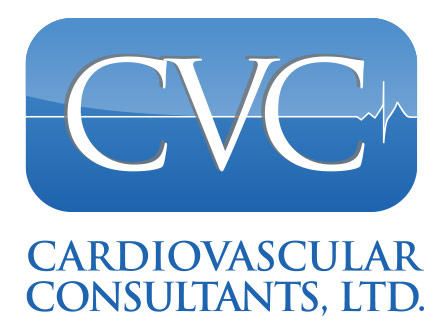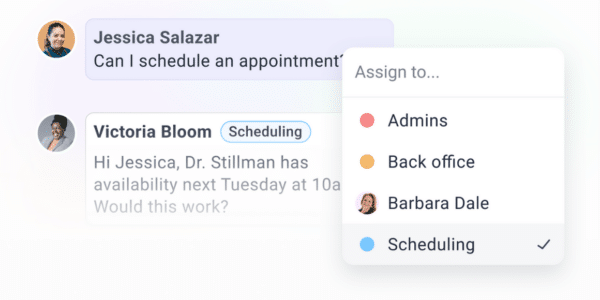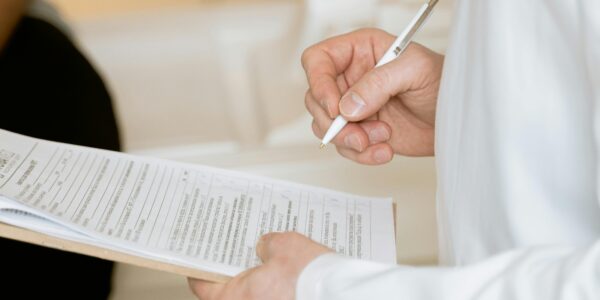
CASE STUDY – IMPROVING YOUR BOTTOM LINE
Simple patient communication slashes overdue patient balances and reduces self-pay write-offs by 65% at a busy Phoenix heart clinic.
CHALLENGES
- Obstacles surrounding payment collection, leading to numerous outstanding balances
- Individual phone calls proving time-consuming, frustrating and ineffective
- Potential additional staff members to handle high call volume and overdue payments
SOLUTIONS
RESULTS
- 280% increase in self-pay payments
- 1800 messages sent in the 1st month of implementation for payment reminders
- Overall improved patient satisfaction, thanks to the convenient and fast nature of texting
The 20-some doctors at Cardiovascular Consultants in Phoenix see roughly 800 patients with a co-pay every day. Making sure that their bills get paid is an arduous job—in 2017: the practice placed over 2,000 calls to self-pay patients about overdue payments (on top of regular correspondence by mail).
We increased our patient payment collection by 280% with the introduction of OhMD.
– Cicely Lee, Patient Collection Specialist
“Calling patients on a one-by-one basis is extremely inefficient,” says Cicely Lee, the group’s Patient Collection Specialist, who spends much of her time focusing on outstanding patient balances. Payment collection was extremely frustrating, too. For one thing, Lee says, “Patients just weren’t picking up the phone calls.” Or they’d hang up. Sometimes, they’d return a message, but if no one was able to pick up the call, that would only prompt a tedious round of phone tag. And with each missed connection, Lee knew, the odds of getting reimbursed—ever—dwindled. “The longer a payment goes unpaid,” she says, “the less chance there is of it getting paid.”
Things were getting so bad that last year the practice was considering hiring four additional staff members to help handle call volume. But first, they tried OhMD.
In the first month using the service for collecting outstanding patient balances, the practice sent out 1,800 text messages. “We needed to prove the concept to the doctor owners of the practice,” Lee says.
Training staff on the use of any new system can be a headache. “Training” patients is even harder. But implementing OhMD was surprisingly frictionless, says Lee. “Everyone uses texting, and that makes it easy to explain,” she says. “Online support from OhMD is a big help. Another big plus with OhMD is that patients can pay directly via text, just by sending a link.”
The early results, Lee says, have been “beyond exciting.” Since implementing OhMD, the practice has increased its (self-pay) payment percentage by 280 percent, while maintaining the same level of staffing. “More communication with the patients is a good thing,” Lee says. “We still do some calling. But because we can communicate quickly, and often, OhMD increases our chances of getting paid.”
Patients just weren’t picking up the phone calls.
– Cicely Lee, Patient Collection Specialist
It has also created an overall more positive patient experience. Communicating by text message is “fast and friendly,” Lee says. “And it shows the patients that this practice is using new technology to make things better for them.”

